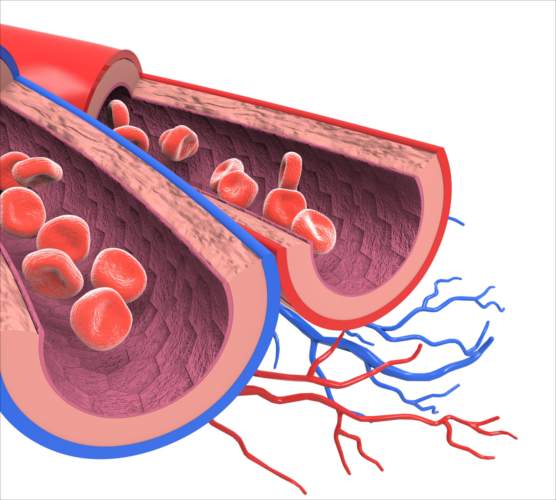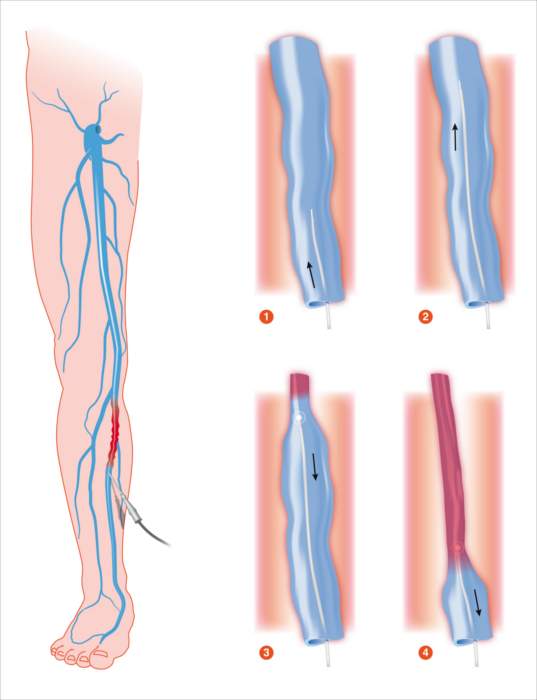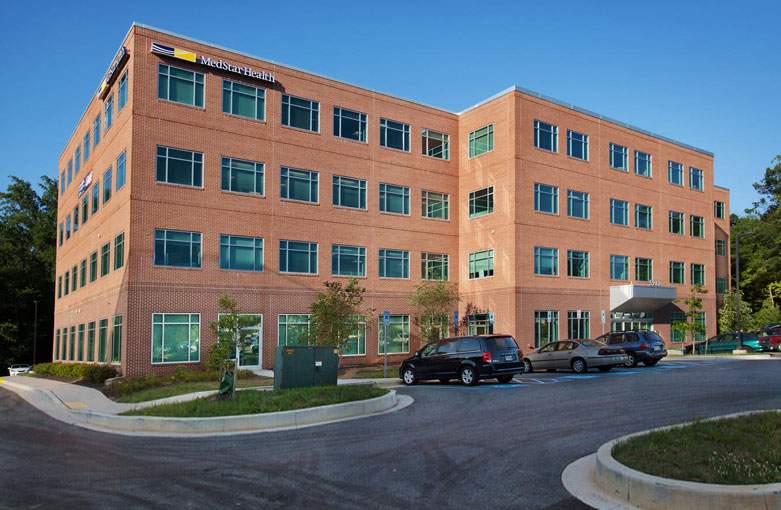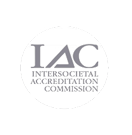Conditions We Treat
The body’s vascular system is a complex network of veins and arteries that deliver blood, nutrients and hormones to and from the cells. Arteries carry oxygen-rich blood away from your heart, while veins carry blood back to your heart. When these vessels become thick, stiff, obstructed or weakened, blood can no longer flow freely, putting the body at risk for life-threatening diseases like stroke, heart attacks, blood clots and loss of limbs.
Artery Conditions

Vein Conditions








